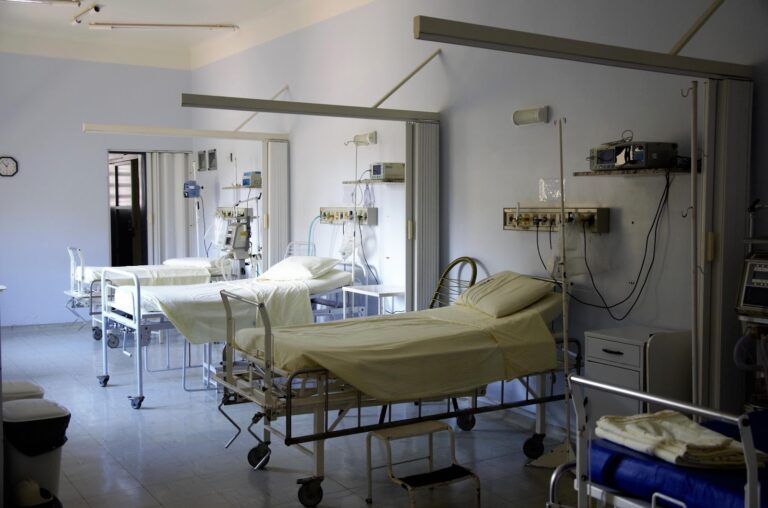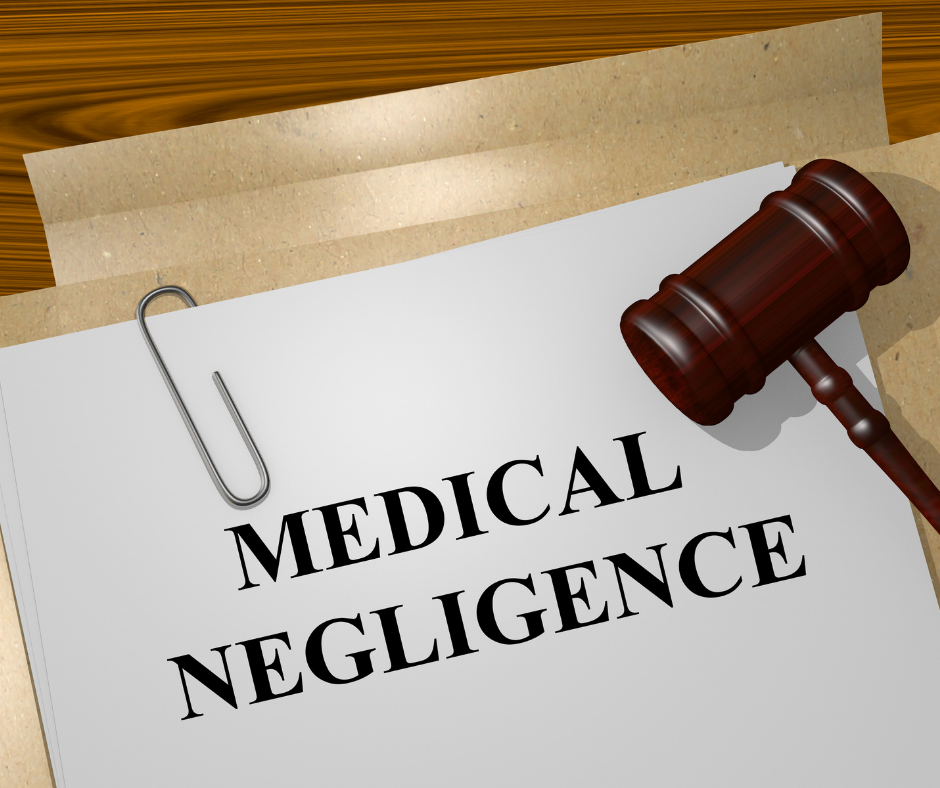Medical Negligence. All of us trust our doctors more than we would trust any other person in a given situation. We trust them with our health advice, physical fitness, mental fitness, and even our life when we are at the most critical stage. Our family and friends turn to them in the utmost confidence to do what they know and see to be best for our safety and health. Unfortunately, things always don’t go to plan. Doctors are also human beings, and there are times where the circumstances are out of their control as well. No one in their sane mind would accuse the physician and healthcare providers of a bad outcome when it was not avoidable. We know this.
But, there are times that the hospital and the staff are negligent for whatever reason, and it results in a bad outcome or a life-changing effect. How do you go forward then? Well, as a patient, you are allowed to seek compensation for your suffering, and as a malpractice lawyer, you must pursue the path provided by law to help your client.
Proving Negligence: The key to winning a Malpractice case
For a layman, negligence can be a very subjective term. Especially, when it comes to medical treatments and surgical procedures, we don’t have the knowledge to know what would have been the right thing to do. But, the patient/next of kin/malpractice lawyers know when something has gone entirely off the rails. That is when the case against the hospital or a particular doctor takes shape.

To prove medical/hospital negligence, the law provides a framework through which we can argue our case. These are called the four D’s of medical negligence.
- The first D of medical negligence is Duty. The patient must prove beyond any doubt that the physician/hospital had a relationship with the patient and had the duty to care for them. This can be established via medical charts, admittance records, and medical documents such as prescriptions, medical test request forms, and other medical records.
- Next, comes Dereliction/Deviation. Once the legal team has established the patient-doctor relationship, there is an assumption of standard care from the healthcare provider. The standard of care is upheld by law to ensure every patient gets the best treatment and the same level of care any other physician would have provided. Legal teams can employ medical summary firms to analyze, review, and attest medical documents and provide expert opinions to show deviation from duty and standard care.
- The third D of medical negligence would be Direct Causation. Now, comes the part where you must check all medical records and medical documents to prove what led to the injury/damage suffered by the patient. It could be an easily noted error in the charts, a sponge left behind during surgery, or a misdiagnosis that can be proved through medical summaries and testimonies. That has to be linked to the hospital/physician in question and relates to deviation from standard care too.
- Once we have shown beyond doubt that the healthcare team was negligent, we move on to the last D – Damage. Law firms can make a list of injuries, damages suffered by the patient including any permanent injury, disability caused, change in lifestyle, financial loss, loss of income, loss of opportunity, and additional care needed. That will help paint a clear picture of the law on the extent of damage suffered by the patient and their family. You can use medical documents such as discharge summaries, lab results, and X-rays to elucidate this point in court.
Role of Medical Summary Firms in Proving Negligence
We wouldn’t wish a medical mishap on anyone but, if it occurs, we must have all the tools to get justice. Medical summary firms such as The Medsum can help provide a detailed, expert, and thorough analysis, summary, and review of the patients’ medical documents for the case. It will ensure that all the medical facts present in the document are available for easy reference for the legal team to ensure a speedy and efficient trial.
Call us today to know how we can help you do your best for your client.

